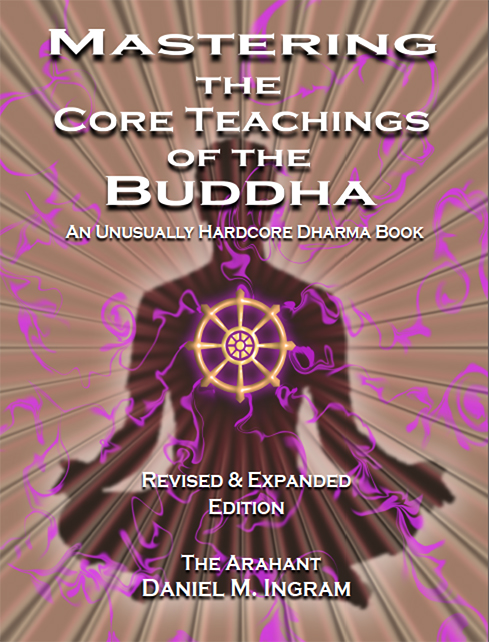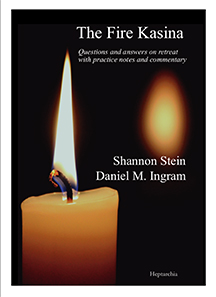Depths of Realization and Integration
← The “Nothing To Do” and “You Are Already There” Schools | Archetypes, Roles, Inspiration, and Becoming →
Accurately qualifying and quantifying depths of realization is a perpetually difficult business. In my own practice, I have noticed that realizations which occurred many years ago continue to percolate, continue to change how this Daniel operates, continue to benefit from cushion time and attention to dharma teachings and other practices, continue to benefit from interaction with other dharma practitioners and other social interactions, and seem to have no obvious endpoint in terms of how far they can go to gradually transform this organism. I have also mostly lived the life of a householder, being in graduate school and working at a professional job for most of my adult life except when on retreat. While caring for patients clearly has dharmic aspects to it, providing many opportunities to learn about suffering and to try to do something about it, there are those who have chosen lives dedicated to meditation and the reclusive life, and that causality can be significant.
While a reclusive life of meditation doesn’t guarantee realization, for those with talent who have trained well in that sort of context and gone deep into the realization of the teachings of the Buddha, you can often feel the depths that sort of life allows when you are with them, talking to them, and also reading their written words and listening to or watching their recorded talks. I personally have tried to study with people with very long retreat histories and long periods of monastic practice for this very reason, and found it quite expedient to do so. I encourage you to do the same.
We are currently experiencing a lay dharma renaissance, a time of proliferation of dharma books, teachers, techniques, and centers. There is more open discussion of real attainments, and more talented lay people are bending their wills and minds to the task of learning the depths of the dharma. The texts have never been more accessible to the whole world, there have never been more places to practice, and general freedom to pursue our chosen spiritual tradition has never been greater. That is clearly yielding more dharma understanding and achievement in segments of the populations where it was not previously seen to this degree. That said, the ease with which the dharma can be accessed is causing a degree of superficiality in some practitioners decried by those who appreciate and respect traditional methods and results. I realize this suddenly makes me sound more like the stuffy old guard than some radical trying to reform Buddhism, but my aims are mostly quite traditional, as hopefully you have noticed.
In that vein, some Western teachers have noted an obvious difference between the depth, quality, and clarity of the dharma that comes out of the seasoned monastic masters who trained them versus some lay teachers currently teaching. I clearly fall into the lay teacher category, and in reading my own words as I write them, I must be honest and say that I can feel this same difference. Luckily, I have also noticed that, as I get older, there is some gradual improvement and deepening of the realizations that practicing with the seasoned masters afforded me. That said, I don’t pretend it is anything like the same effect produced by decades of high-end monastic practice and life in a practice-oriented monastic setting. Yet, some of the skillsets and bodies of knowledge that you find in lay practitioners is clearly helping to bring the dharma into the modern world in a way that monastics have not always done as fluidly.
You will likely also notice these differences in your own practice and those you practice with. As the years pass and the dharma does its work, there is some mellowing, some ripening, and, like a fine wine or a good cheese, your practice will hopefully produce something mature and good. Integration of insights takes time, as will be discussed in a bit. It is an organic process. While some situations seem to be able to expedite integration, it can only go so fast and still go deep. The key point here is to give your practice time to develop, keep at it, and have respect for your senior dharma teachers. While they may not be as flashy or charismatic as the younger ones, there is likely something sweet and refined to be gained from exposure to their likely well-integrated wisdom.
← The “Nothing To Do” and “You Are Already There” Schools | Archetypes, Roles, Inspiration, and Becoming →

